About The Origin And Principle Of Bubble Water
According to records, bubble water first appeared in the 1970s. Bubble water is a liquid made of coconut oil, caustic soda, polyvinyl alcohol, glycerin, and spices, which can be blown into round bubbles.
Blowing bubbles must be a childhood memory of countless people. Stir the soap and washing powder at home, and use various small things at home to simply blow a string of bubbles. How can the bubbling water be colorful? In fact, when light passes through the film of soap bubbles, the top and bottom of the film are refracted, and the soap film can contain up to about 150 different layers. The messy color combinations we see are caused by unbalanced film layers|. The thickest film layer reflects red light, the thinnest reflects violet light, and the center one reflects colorful light.
Bubble water is generally a blister formed by the preparation of various solutions to increase the surface tension of water. Due to the increase of water tension, when subjected to tensile force, there is a mutual traction force in its interior and perpendicular to the contact surface of two adjacent parts, and these water molecules seem to be stuck together. The mutual attraction between water molecules on the water surface is stronger than the attraction between water molecules and air because soap and other solutions "break" the surface tension of water, forming colorful bubbles. But if the water molecules stick together too much, bubbles are not easy to form. Generally speaking, reducing the surface tension to only 1/3 of the normal condition is the optimal tension for blowing bubbles.
Making bubble water is actually to break the tension of the water surface and achieve the best balance. How much did you gain from reading this article? For more information, check out Plastic Bubble Machine Manufacturers!
Hot Products
-

White Party Wedding Bubble Water Bubble Tubes
-

Long Bubble Wand Colorful Bubble Water Kid's Toys
-

White Love Bubble Water Toys Bubble Wand
-

Cheap Bubble Toys Various Colorful Bubble Wands
-

Plastic Mini Champagne Bubble Bottle Toys
-
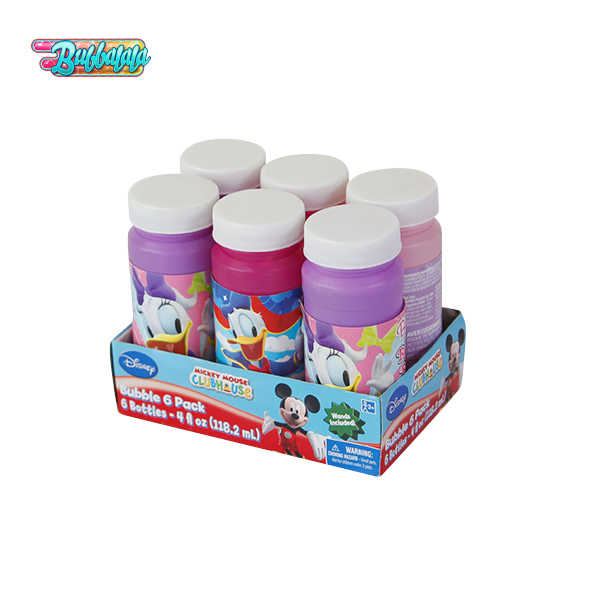
Cheap Donald Duck Bubble Water Bubble Bottle
-
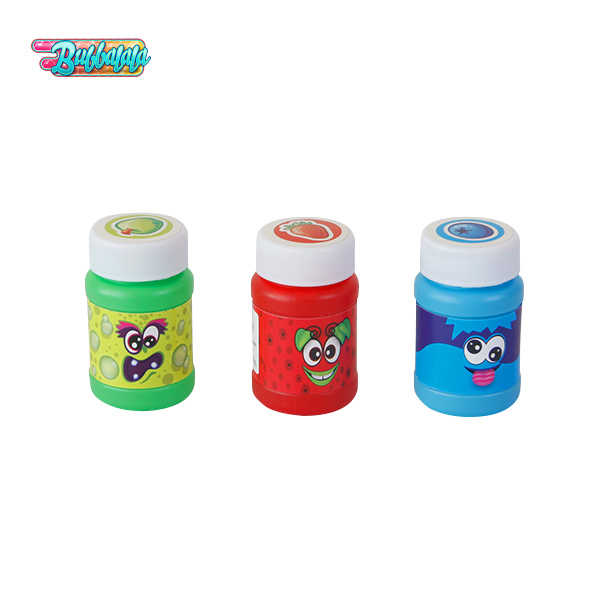
Bubble Water Bubble Bottle Color Pattern
-
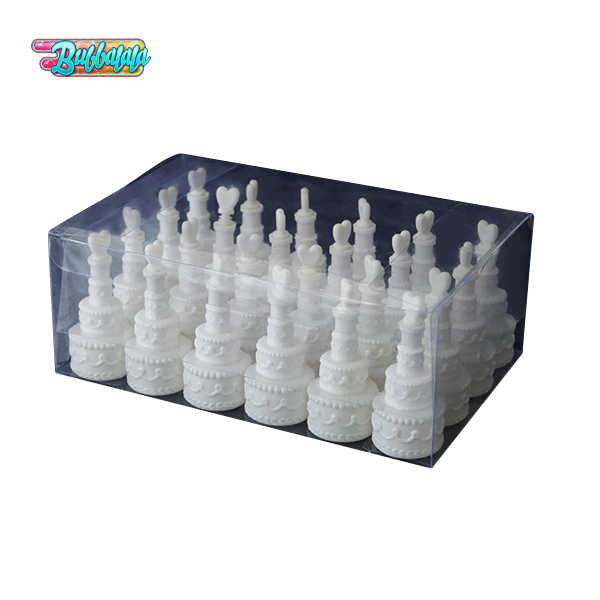
12pcs Cake Wedding Bubble Water Toys
-
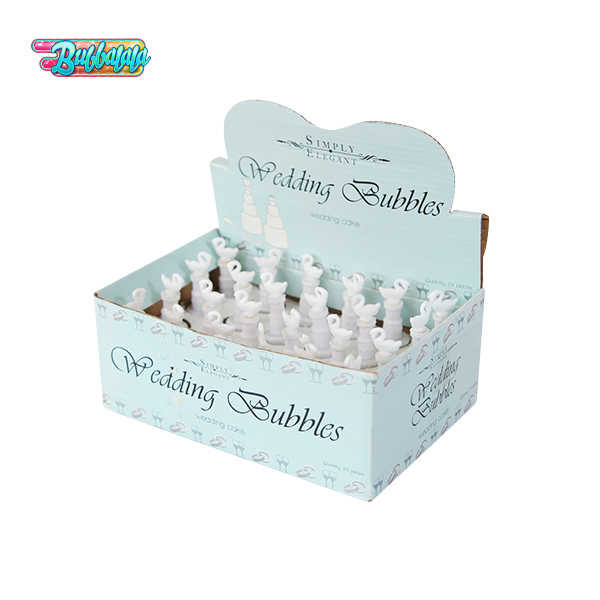
White Wedding Swan Mini Cake Bubble Water
-

Ice Cream Bubble Toys Bubble Water
-
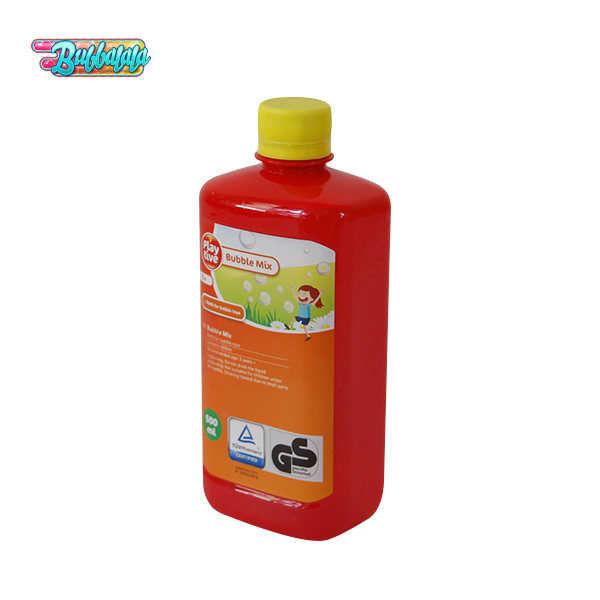
High Quality And Cheap Bubble Water Toys Bubble Toys
-
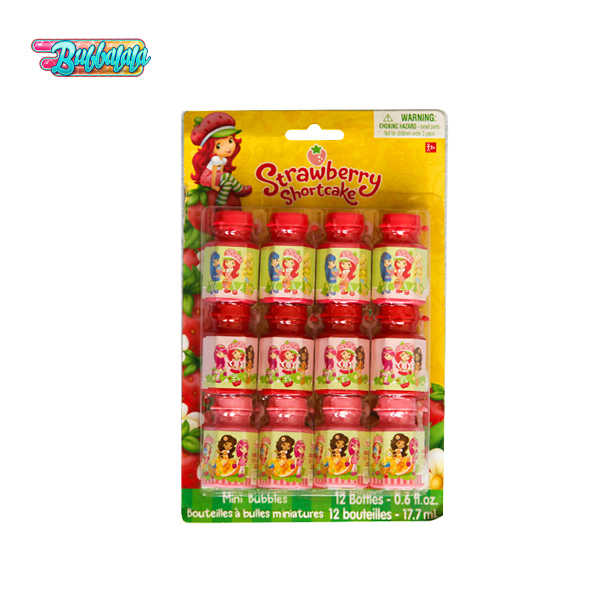
Mini Hexagon Bubble Toys Lovely Kids Colorful Bubble Water

 English
English 中文简体
中文简体
